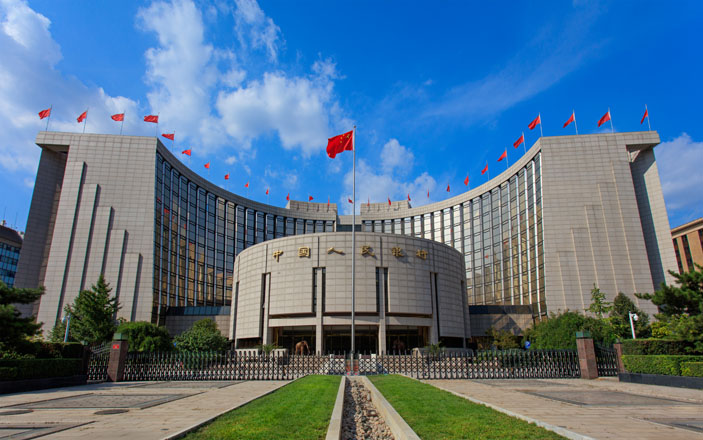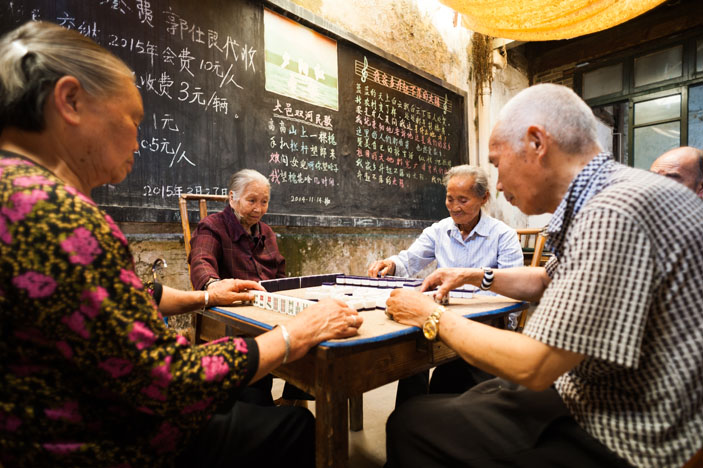CHINA has been under pressure to open up its financial sector since it joined the World Trade Organization (WTO) in 2001.
However, financial sector reforms in the mainland have been sluggish and the latest news on the process has been greeted with some skepticism.
The new Governor of the People’s Bank of China (PBOC), Yi Gang, recently announced a number of measures and a timeline on further financial sector opening at the Boao Forum for Asia in Hainan province. They include the removal of foreign ownership limits for banks. China will also allow foreign investors to take up a maximum 51% stake in brokerage firms, futures companies and fund management firms, and will completely remove foreign equity caps in these sectors within three years.

Yi Gang’s comments came a day after Chinese President Xi Jinping pledged support for globalisation and free trade at the same forum, amid a looming trade war with the US, after the latter raised tariffs on some imports including solar panels and steel.
Finding A Balance
The PBOC Governor noted that opening up the financial sector was partly intended to balance trade with the US.

“I would say with financial and service industries opening up, the US in the future would have a more comparative advantage in service trade…. So that when we have goods trade and services trade, these two would balance out as a result,” Yi explained.
It is clear that China remains a highly attractive market to foreign companies because of the growing wealth and consumerism in the country. The middle class is growing fast as is the number of high net-worth individuals. As long as China’s economic growth continues at the current, albeit slightly slowing, growth rate, these demographic trends will continue.
You Might Also Like To Read:
America’s Big Stick In The South China Sea
Circus 1903 —The Traditional Circus Updated
Against this backdrop, global luxury brands continue to gain strong traction in the country. According to a report from consultancy firm Bain and Co., sales of luxury goods like high-end cosmetics and jewellery in China hit US$22.2 billion in 2017, up 20% year on year and the strongest yearly growth rate since 2011. Bain attributed the expansion to the Chinese government encouraging domestic consumption, lower import tariffs, and moves by global luxury brands to adjust prices.
A survey by the consulting firm showed that those between 20 and 34 years were the main contributors to the market expansion. They are said to be tech-savvy and have a deeper understanding of the luxury market.
In line with this finding, online shopping for luxury products grew significantly last year despite a limited share in overall sales. More luxury brands launched official online shopping sites and spent more on digital marketing, the report noted.
It added that the world’s top 40 luxury brands have rolled out their own WeChat accounts to engage with Chinese consumers, who make up about 32% of global luxury goods consumers.
The Luxury Component
The entry of luxury brands in China offers some lessons to foreign banks, asset management companies and other financial institutions who are eyeing China markets. They have to offer differentiated products for which there is demand from the middle-class and high net-worth individuals.
Foreign banks in particular face an uphill task because China already has the four biggest banks in the world, namely Industrial & Commercial Bank of China, China Construction Bank Corp., Agricultural Bank of China and Bank of China. These banks are not going to make it easy for new entrants in lucrative banking businesses like commercial lending, corporate banking and credit cards.
For More Commentaries visit http://www.storm.sg/views/
Foreign financial institutions will thus have to be more thoughtful about how to penetrate the Chinese market. They will need local knowledge and a good understanding of distribution channels to sell products and services. Tried and tested methods in the West have not gained traction in China in the past and may not do so even when the Chinese financial sector opens up more.
Niche Markets
Foreign players will have to look for niche markets and perhaps engage in partnerships with regional financial institutions in China on certain areas of banking and finance which are limited in the latter.

One niche market could be to introduce products and services that tap the retirement space in the country. According to the latest data available from China’s National Bureau of Statistics, people over the age of 65 years accounted for 11.4% of China’s total population at the end of 2017, up from 10.8% the year earlier.
This translates to about 158.3 million people, which is more than the population of all but the eight most populous countries on the planet, excluding China.
With the expected removal before end-2018 of foreign equity stake restrictions on newly created financial investment firms and wealth management companies, foreign players will be completely free to tap the Chinese directly for wealth. This would be the holy grail for many because of the size of niche markets, such as the retirement space.
Thus It Was Unboxed by One-Five-Four Analytics presents alternative angles to current events. Reach us at 154analytics@gmail.com
Images: / Shutterstock.com





















